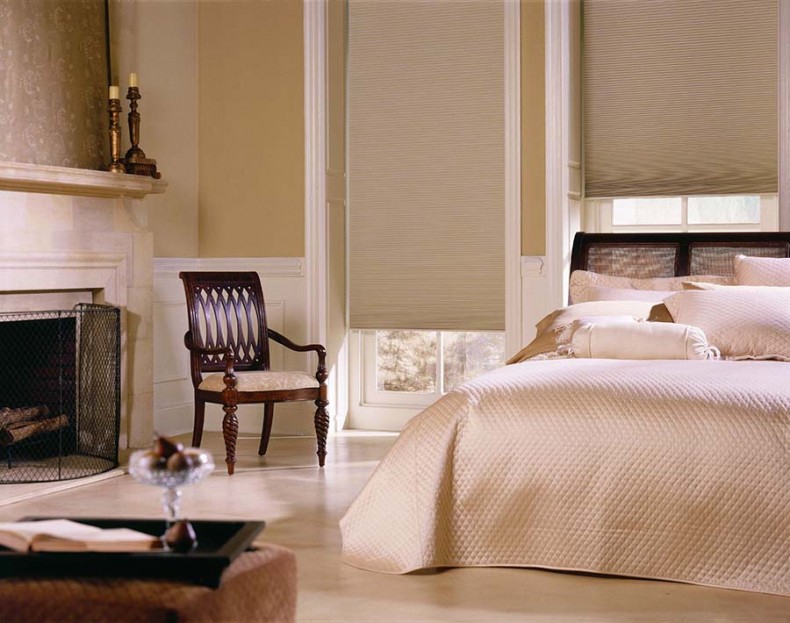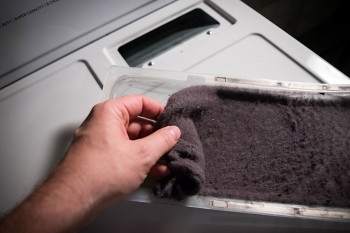Year-round savings
Insulated window shades boost comfort while lowering energy use
By James DulleyThese are double-cell, light blocking cellular shades. They slide in tracks on the sides to reduce air flow and drafts from the cold window glass.
If you feel chilly near a window in your home this fall or winter, you’re likely losing energy. And that drives up your electric bill. This is also true in warmer weather, when heat transfers in and forces your air conditioner to run longer. If replacement windows would cost more than your budget allows, window shades are a reasonably priced option to provide energy savings year-round.
Several years ago, I installed Warm Window shades with an R-6 insulation value in my home office. This increased the overall R-value from R-2 to R-8 and improved comfort.
In addition to R-value, important factors to consider include how well shades seal when closed, ease of operation and appearance. Before you buy, operate a sample insulated shade that’s similar in size to your needs. If the shade is difficult to open and close, you are less likely to use it.
Almost all commercially available window shades list R-value on the packaging. They typically include some type of air barrier film sewn inside the shade to block air flow through it. An aluminized or other type of low-emissive film is best to help block the radiant heat transfer through the shade material.
There should be deep vertical tracks that mount on the sides of the window opening for the edges of the shade material. Deeper tracks provide a better seal. Adhesive-backed vinyl tracks are often included with the shades. Also, look for brush or foam weather stripping on the bottom edge where it rests on the windowsill when closed.
If you buy insulated shades that do not have vertical tracks, it’s possible to make your own. Buy long pieces of aluminum U-channel at a home center or hardware store. Drill small holes in them and mount them with screws.
Cellular shades are a less expensive option and best to use where you want some natural light. The double-cell shades create an additional air gap for better insulation. Since their width grows as they are pulled up and collapsed, side channels are not very effective with this option.
The most common type of do-it-yourself window shade is a Roman shade design. The key to efficiency is to make them as thick as possible, while still being able to fold them up when opened. Include a reflective air barrier between the center layers. Reflective Mylar film works well for this and is very flexible.
-
Share this story:




